Science tells us that indoor plants offer benefits such as reduced stress, improved attention, and a boost in productivity. Additionally, plants have a positive impact on a home’s indoor air quality.
Indoor plants are great for those who enjoy gardening, and they also add a decorative touch. One way to get creative is by making your own DIY indoor hanging planters. Taking the DIY route instead of purchasing a planter from the store is good for the environment. Many times, you can recycle materials you already have at home. Let’s explore this a bit further.
Important Details to Consider When Building Indoor Hanging Planters
A successful DIY indoor hanging planter sustains the plant and causes no damage to the ceiling or wall. The hanger, plant, and soil cannot be too heavy. You also need to consider how much weight is added when you water the plant.
It is important to ensure that the rope, chain, or cord used to hang the planter is sturdy and in good condition. It’s best to pick small plants in the beginning because they are going to grow. You need to consider how easy it will be to maintain the plant.
Suitable Plants for Indoor Environment by Type and Size
Suitable plants for indoor environments include ivy, ferns, and succulents. Orchids, air plants, and vines are a few other good choices. All require an adequate amount of sunlight. Plus, they are low maintenance, so they do not require constant watering. The more you need to water, the heavier the planter becomes — which is not ideal. Small plants are best for DIY indoor hanging planters.
Ivy, vines, and ferns grow long. They are also thin and lite. Succulents are thick, but not heavy. Orchids are a favorite because they radiate beauty. When you pick out your plant, keep its weight in mind. Also consider the tools you’ll need for maintenance and watering. Investing in a long neck watering can is worthwhile.
Types of Materials Needed
To successfully hang a plant, use a strong rope, cord, or chain. The planter can be made from ceramic or wood as long as it does not put too much pressure on your ceiling. Most DIY projects require a good pair of scissors, hooks, and screws. Thereafter, project materials are based on a case-by-case basis. Their appropriate size depends on how many plants you want to plot.
Additional Tidbits to Know
It’s important to pick out a spot that delivers enough sun and ventilation. Too much sun dries out the plant. Not enough light will cause it to grow weak. You also want to pick a height that is reasonably easy to reach. Remember, you are going to water the plant and trim it from time to time.
Free DIY Hanging Planter Ideas to Consider
Here are some wonderful idea starters for DIY hanging planters.
Macrame Hanging Plant Holder
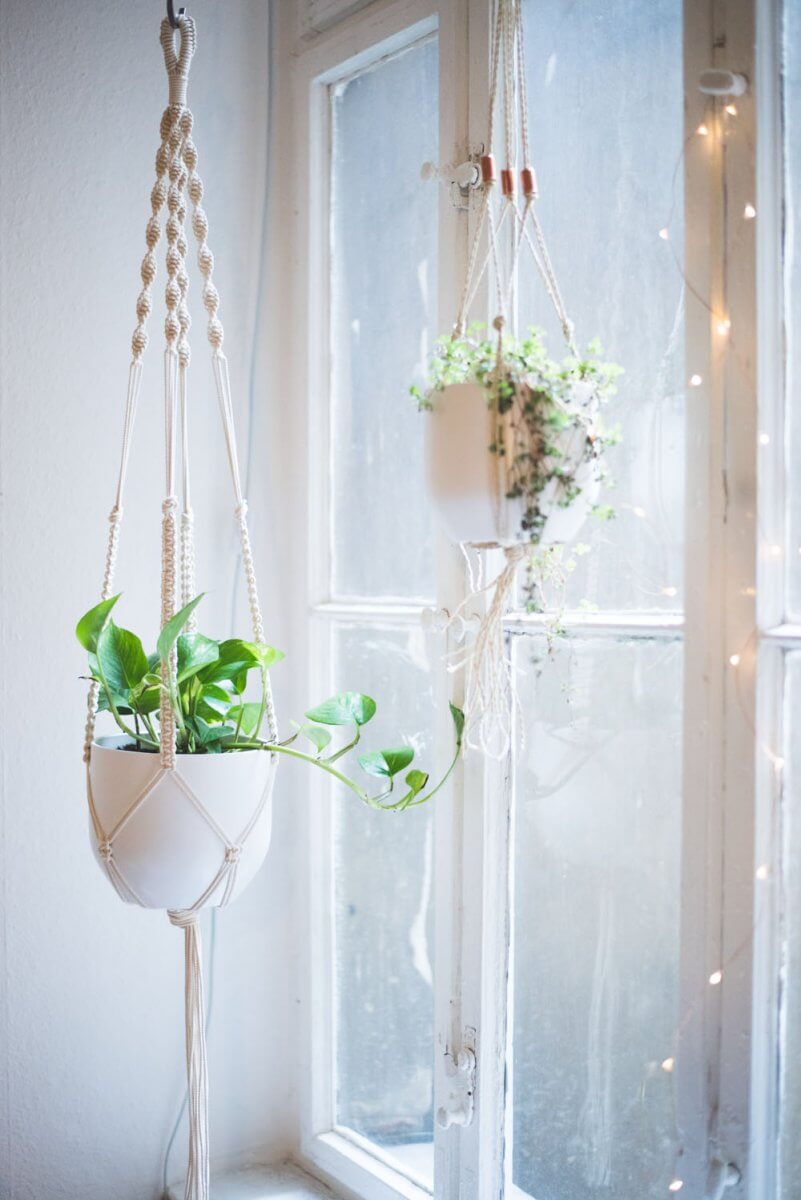
This is the most well-known DIY hanging planter. It requires cording, twine, or paracord. The plant holder is made of ceramic material. Long cording strands are cut and attached to the ring. Through a series of ties, you build the portion that hangs from the ceiling and holds the planter securely.
Related Post: 20 Fun and Useful DIY Paracord Projects
Hanging Rope Planter
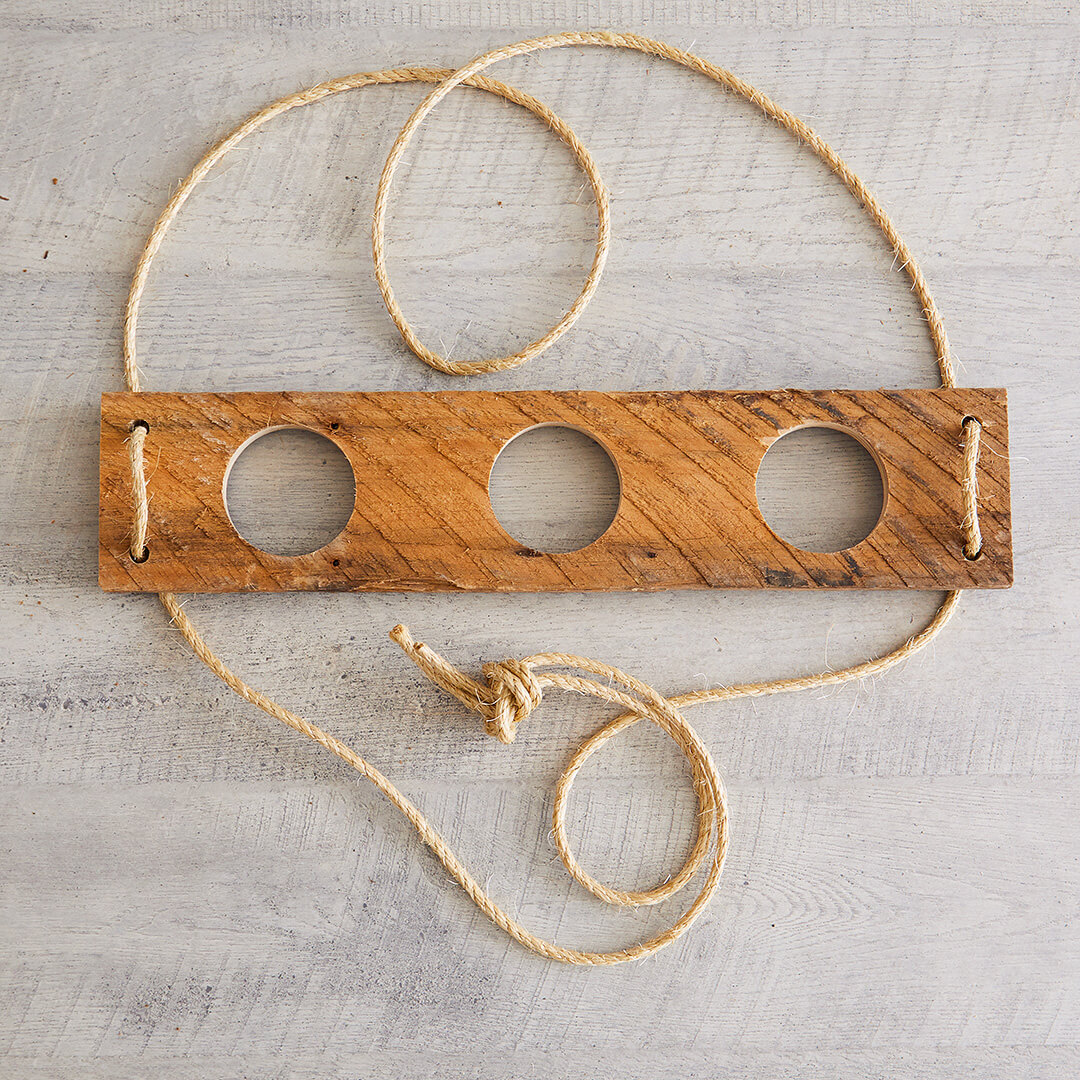
The rope plant hanger is another common DIY hanging planter. It involves drilling and planting. You need a board, rope, and pots. With a drill, make holes for the planter and rope. Insert the pots in the holes, and thread the rope. The project takes less than an hour to complete.
Houseplant Displays

Individuals often hang their indoor plants from the ceiling to save space. Another option is to place them on shelves. This particular project is designed for tiny spaces. To successfully install shelves, double-check that the screws are attached to the wall studs.
Slouchy Leather Sling Planter
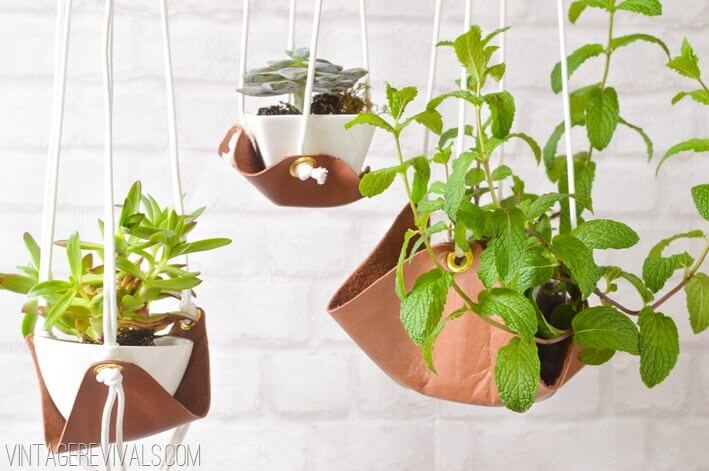
If you prefer not to drill into your ceiling or wall, this project can be hung from a window. It also makes use of vintage leather you have around your home. Cut the leather according to the planter’s bottom dimensions. Use grommets to secure the rope. Then, tie the knots.
DIY Macrame Plant Hanger and Stand

There are several variations on the most common hangers that display home indoor plants. The macrame hanger gets teamed up with a plant stand. This design is nice for those who prefer not to use a drill. If you do not have a plant stand, you can use an old coat rack instead.
Succulent Ball
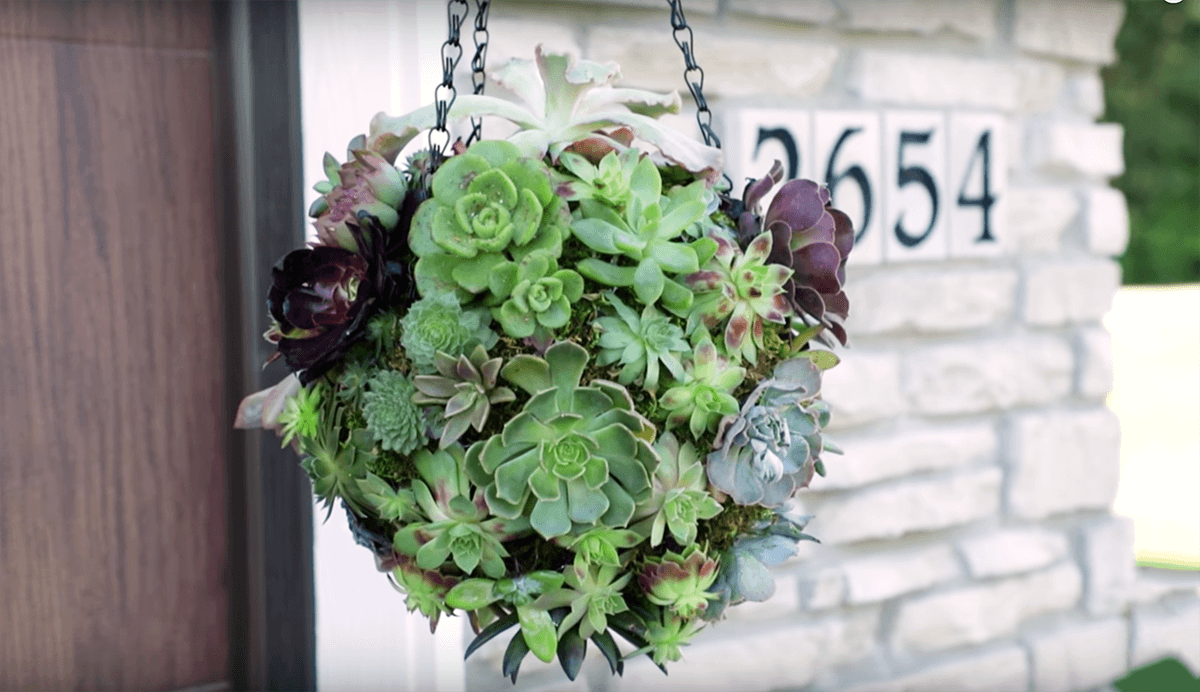
Fans of the succulent might enjoy displaying the plant in its own hanging orb. This project is a variation of the hanging basket. It requires soil, a chain, and an orb. The succulent requires planting prep one day before you put the project together.
Related Post: Hanging Planters Perfect For Flowers And Succulents
DIY Brass Air Plant Holder
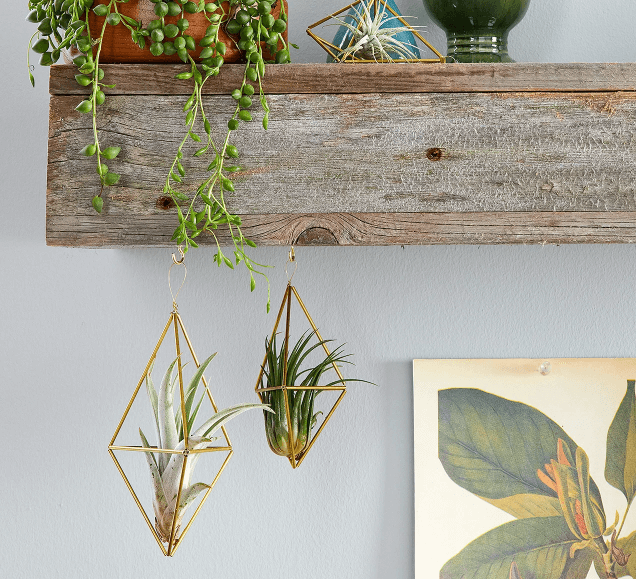
Air plants are another popular hanging indoor plant. Here is a new take on the himmeli, a Swedish straw ornament. Brass tubing is used to create a pyramid and hanging loop, which helps display these small plants.
Air Plant Mobile
A grown-up take on the mobile for air plants and DIY enthusiasts. The project is rated easy, but the work takes place over two days. You’ll use twine balls, balloons, and glue to create innovative, hanging planters.
DIY Vertical Plant Hanger
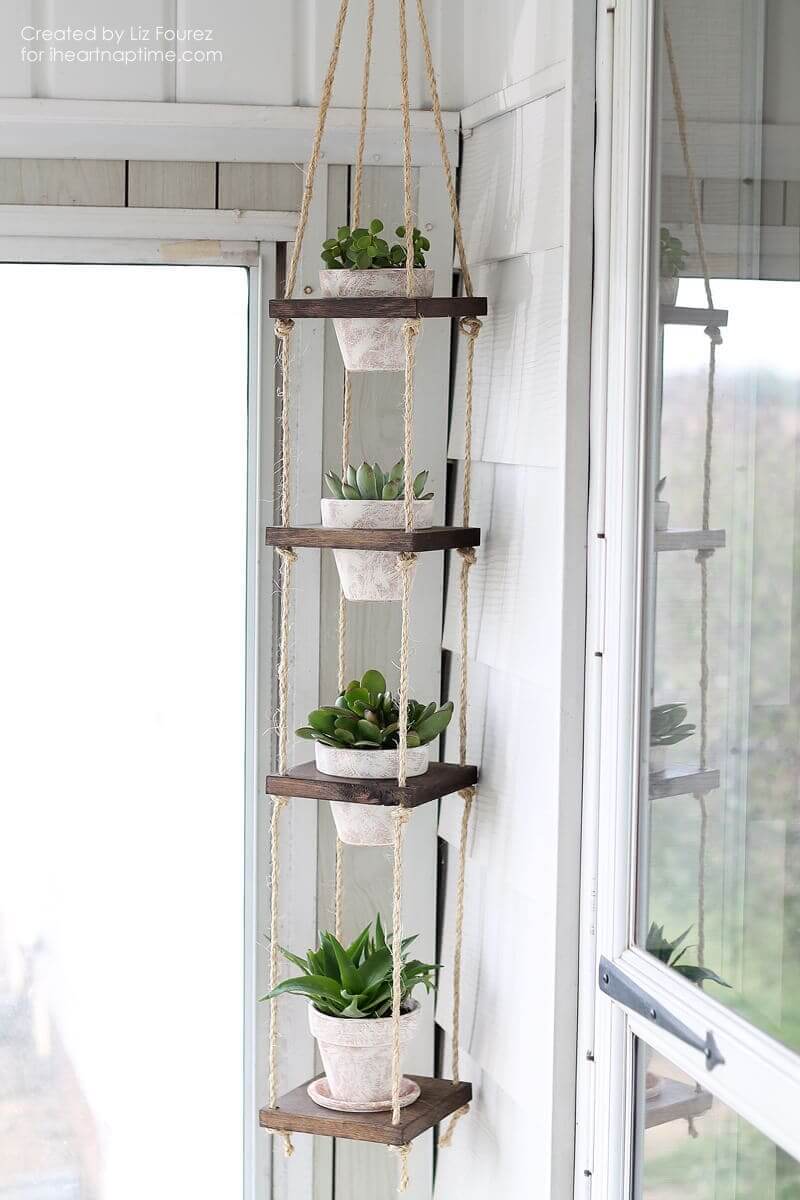
Those who would like to display a couple of potted plants will find the vertical planter useful. Scrap boards and strong rope build the hanger. Then, attach a hook to the ceiling and hang it. Ceiling plant hangers help maximize indoor space.
Hanging Mason Jars
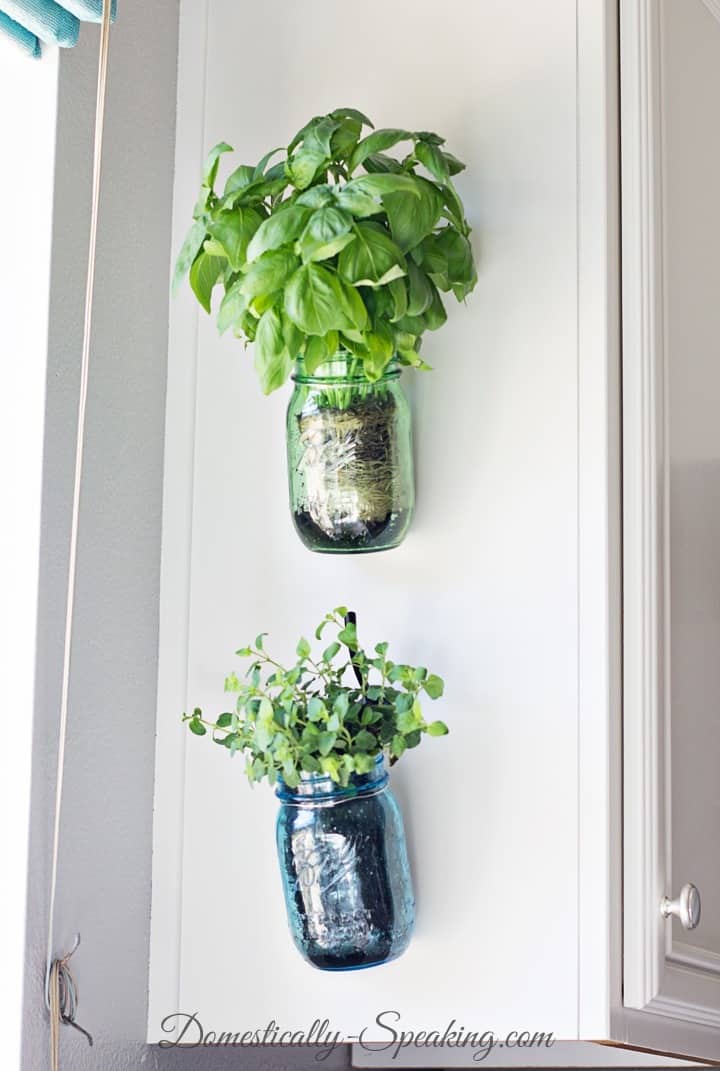
Most people hang plants to save space. You can also hang plants for convenience. For easy access to your herbs, you can hang mason jars in your kitchen. This strategy can be used for decorative purposes, too.
Repurposed Floor Lamp Plant Stand
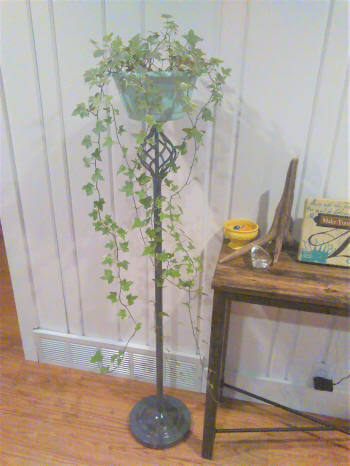
Repurposing household items is peak DIY. You can repurpose a floor lamp and turn it into a stand. You can also refashion it so it will hold a hanging planter.
Beaded Plant Hangers
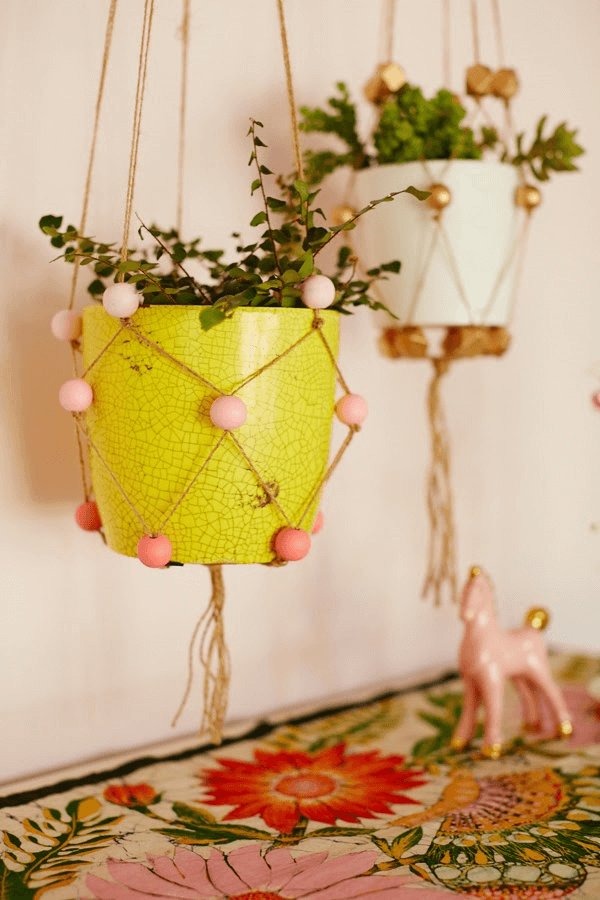
Once you master the macrame plant hanger, you can add your own spin. One suggestion is to add beads where the knots are tied. As a DIY project, you have the freedom to style the hanger according to your preferences.
Related Post: Useful Knots for the Homestead
Prism Plant Holder
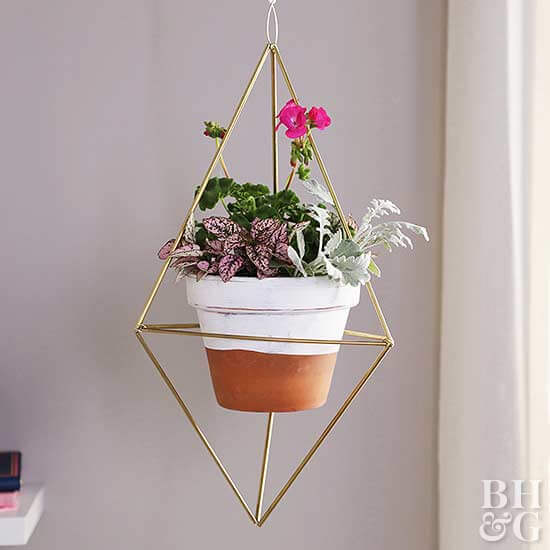
With brass piping, gold wire, and rope, you can create a prism plant holder. Keep in mind that it’s always possible to substitute materials. Gold paint comes in handy when brass pipes are not available.
Orchid Plant Holder
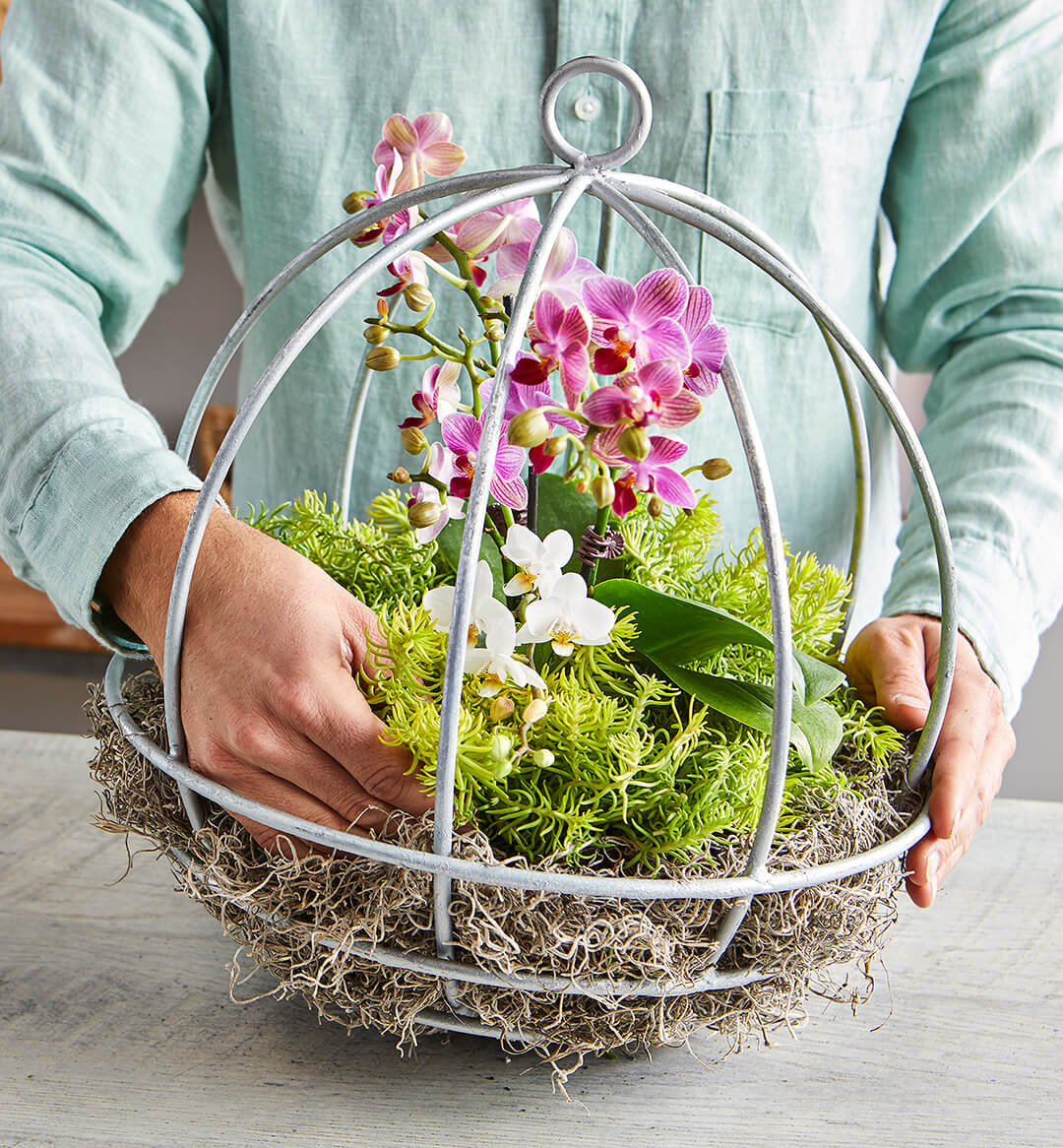
The orchid is a delicate plant. It can be placed in a holder along with soil, moss, and sedum plants. The soil keeps the orchid healthy; moss and sedum make the orchid shine.
Repurposed Wall Hanger
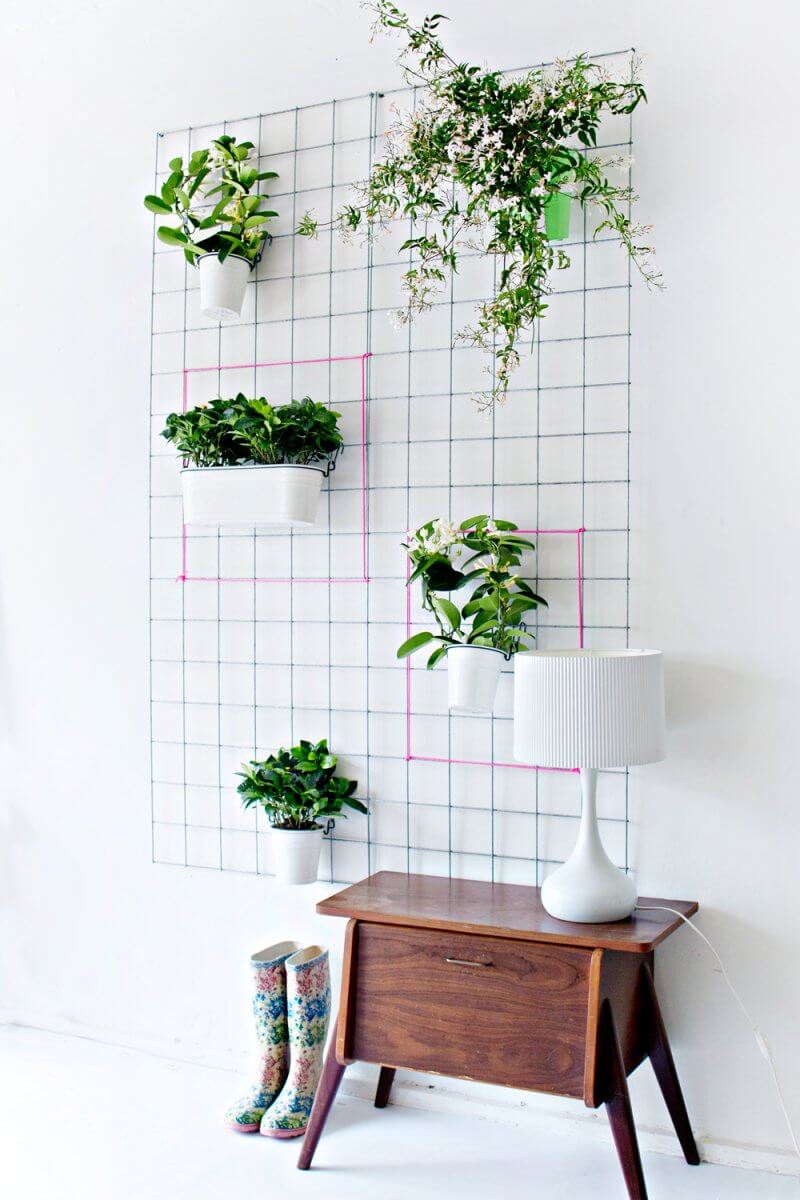
Steel mesh has its industrial purpose. It can also be repurposed as a plant wall hanger. Drilling is not required. Simply attach the plant hangers to the mesh, and then arrange the hanging plants as you see fit.
Octopus Air Plant
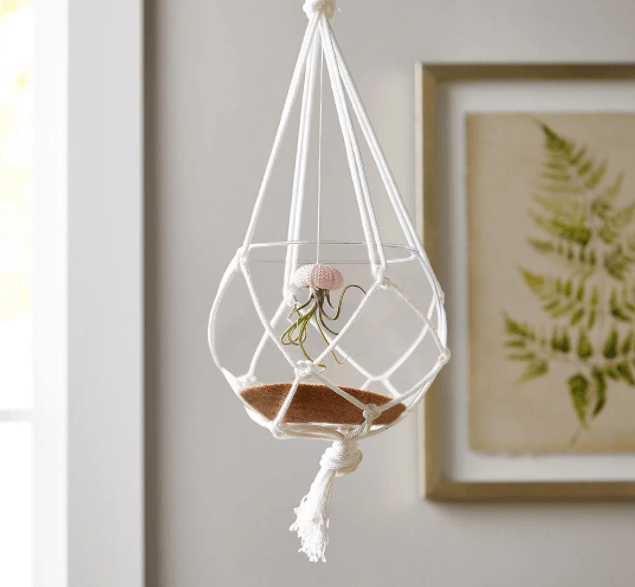
Plant hangers can be used to create a mood. The octopus air plant hanger takes you to the beach. Air plants require a soak in water every 1 to 2 weeks for 5 to 10 minutes. It can hang out in a fish bowl and look like an octopus in your home.
Paint Can Garden
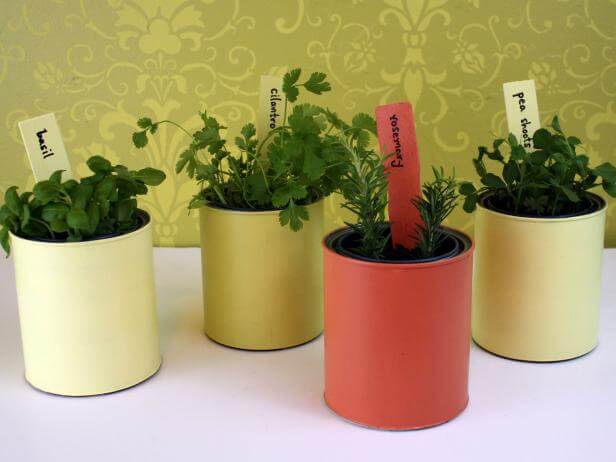
There is no shortage of the items that can be turned into plant holders. This includes paint cans. Once they are empty and clean, give them a splash of color. Place your plant in the soil. Then, hang the cans on mesh to create a paint can garden.
Plywood Hanging Planter
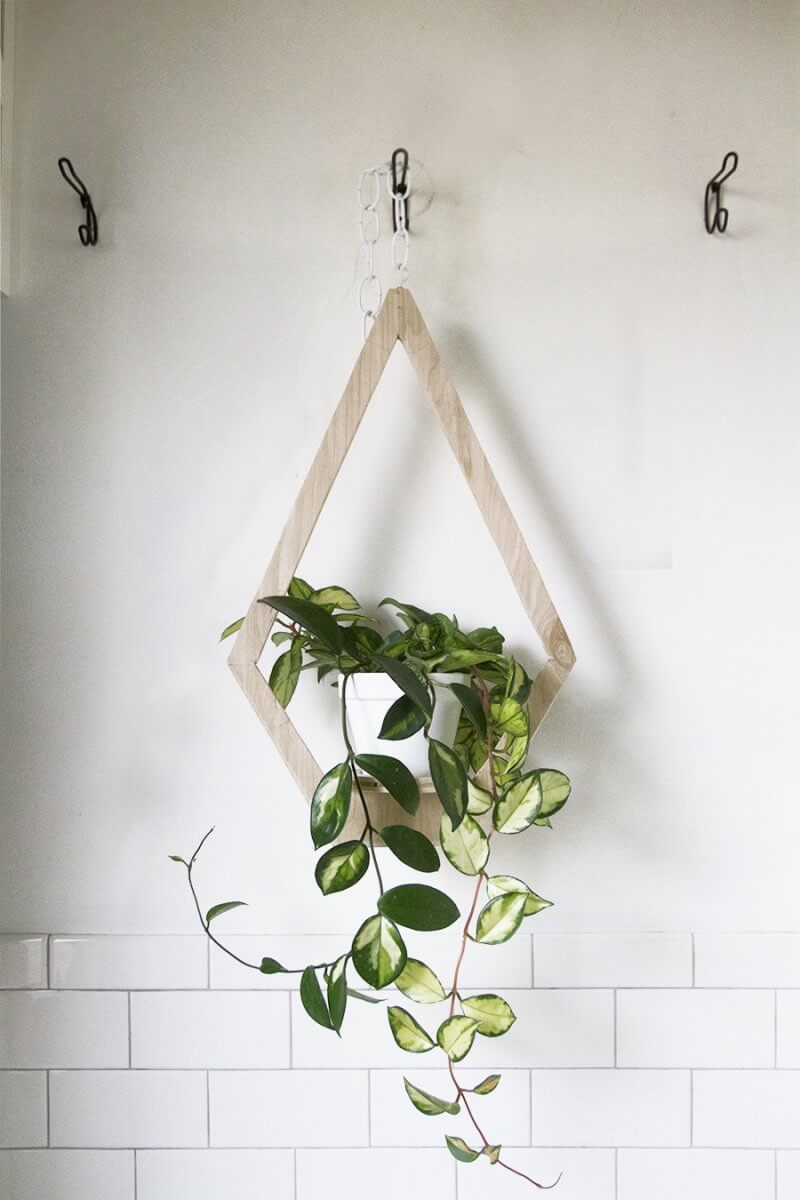
With a couple of supplies, plywood becomes a hanging planter. Once you have the planter, sketch and measure the design on the wood. Cut out the shape. Then, attach it to rope and hang.
Jersey Knit Macrame Hanging Planters
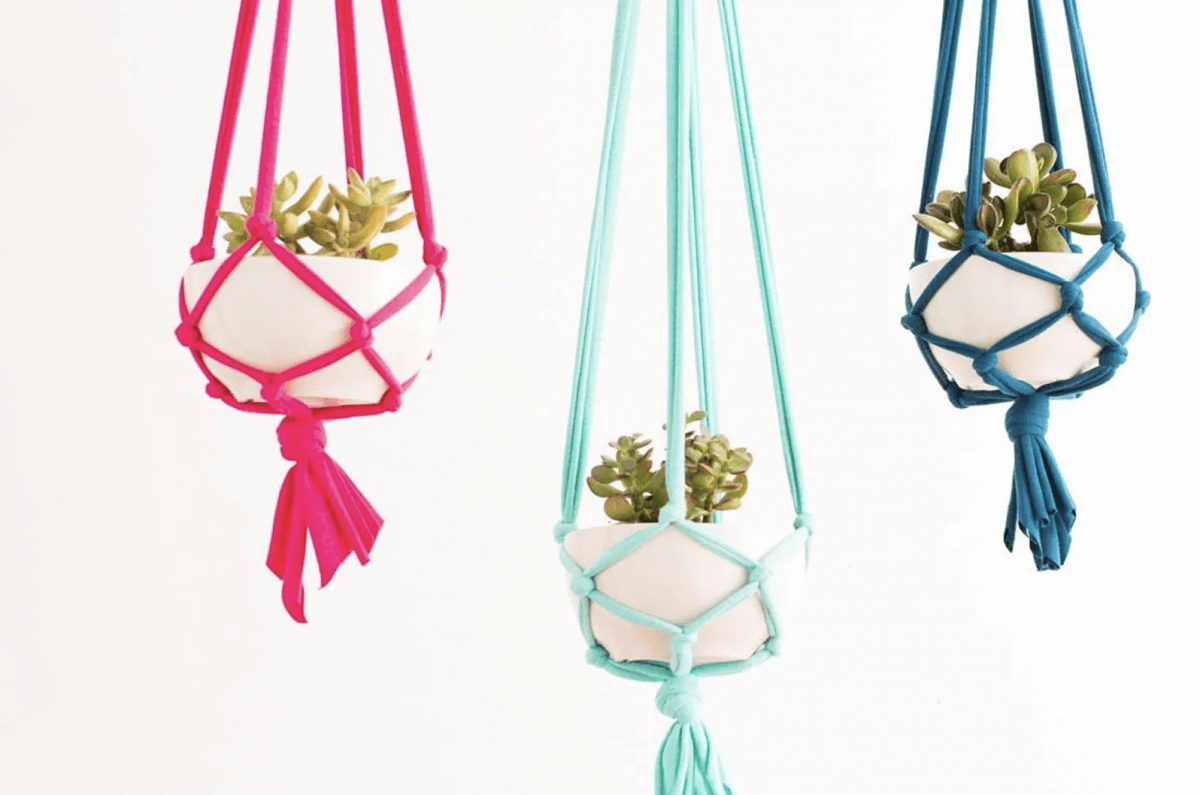
The macrame hanging planter follows the same guidelines every time. If you do not have rope or cord, you can improvise the material. Jersey knit fabric works just as well as rope. As a bonus, you can easily find jersey in multiple colors.
Crochet Plant Hanger
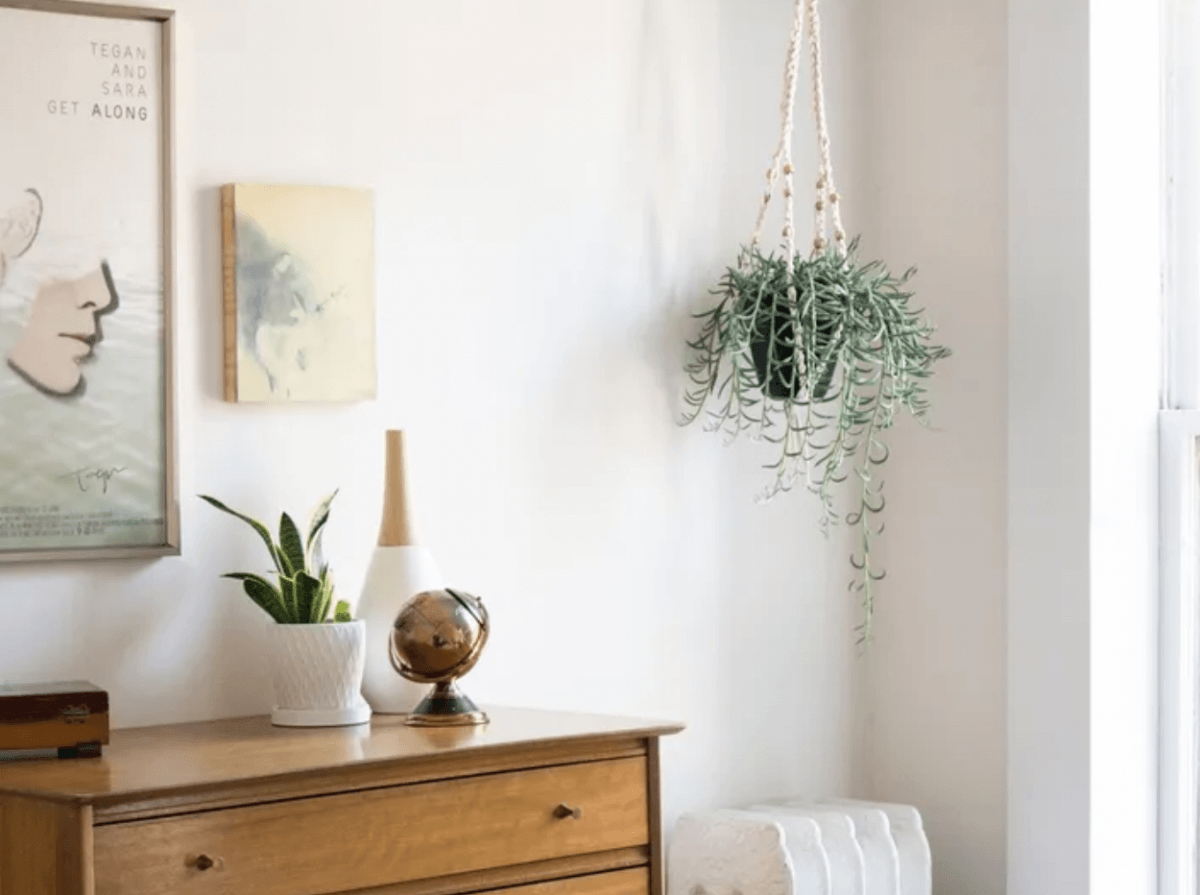
For a macrame hanging planter, it’s also possible to experiment with different techniques. Instead of using fabric, those who crochet can make their own. To ensure the hanger is sturdy, consider crocheting with macrame cord.
Recycled Water Bottle Plant Hanger
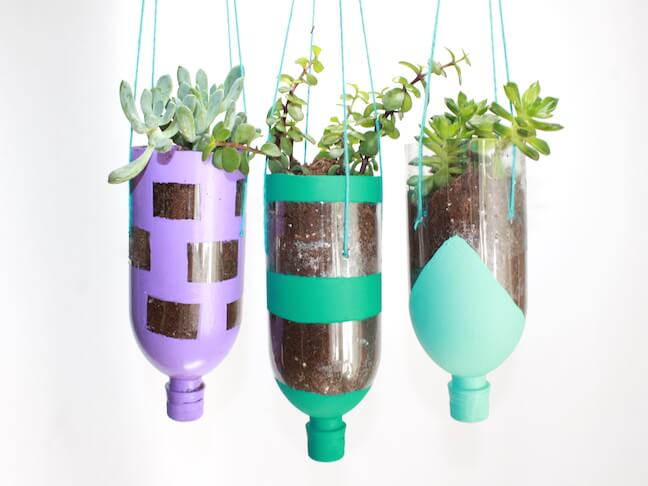
Old water bottles have several uses. One way to recycle water bottles is to turn them into a plant hanger. Use paint to spruce up the bottle. Then hang the refurbished water bottle with yarn.
Disco Ball Plant Hanger
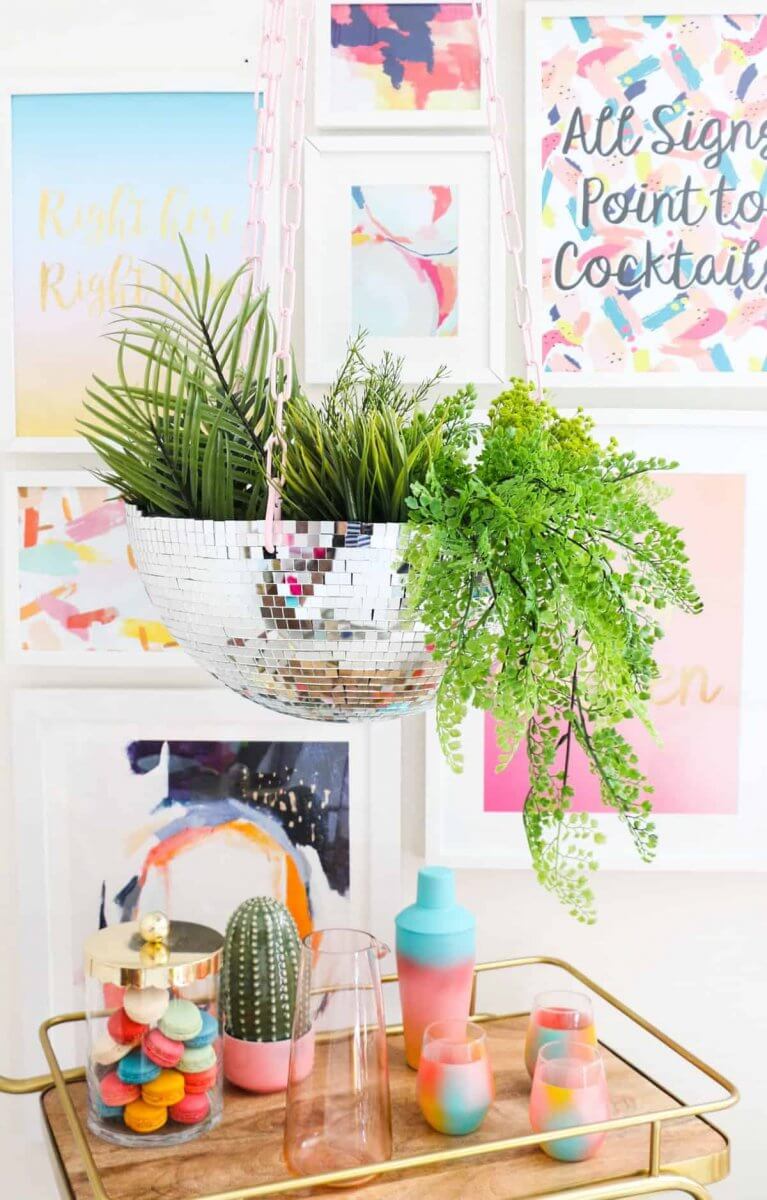
If you want to get a little funky and you have a disco ball gathering dust, it’s time to give it a second life. Taking the ball apart leaves two halves. Each half is big enough to house a plant. Since it’s a bowl-shape, you can add a macrame of your choice to hang. The sparkle allows the new planter to shine without additional add-ons.
Related Post: Outdoor Planters




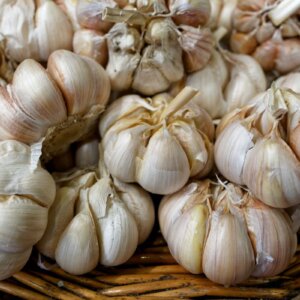


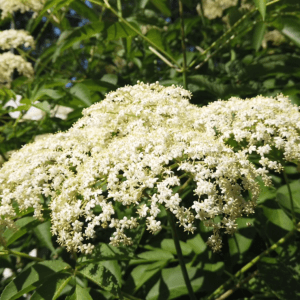

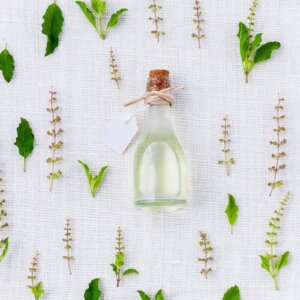

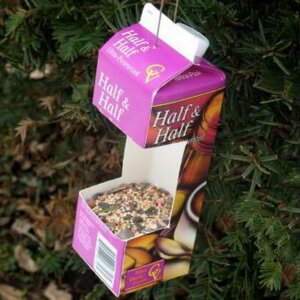

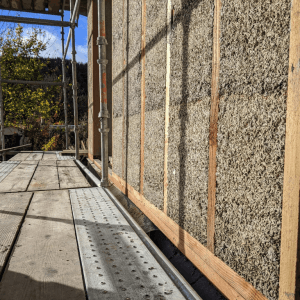

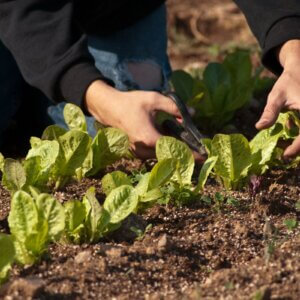


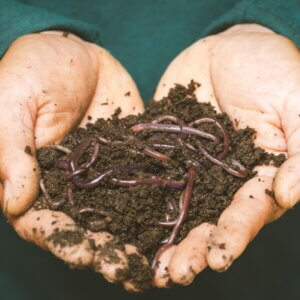


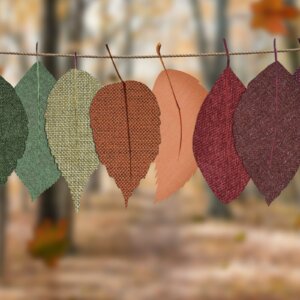



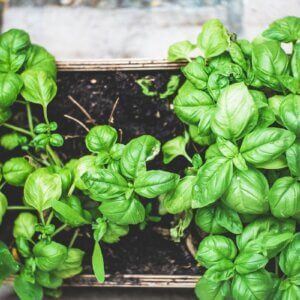
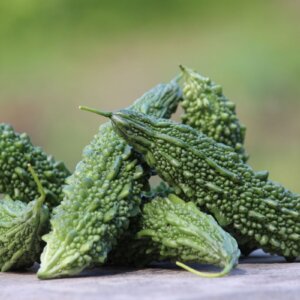





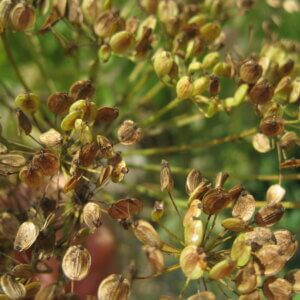





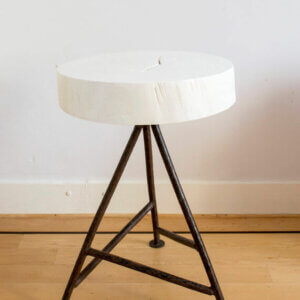



Leave a Reply